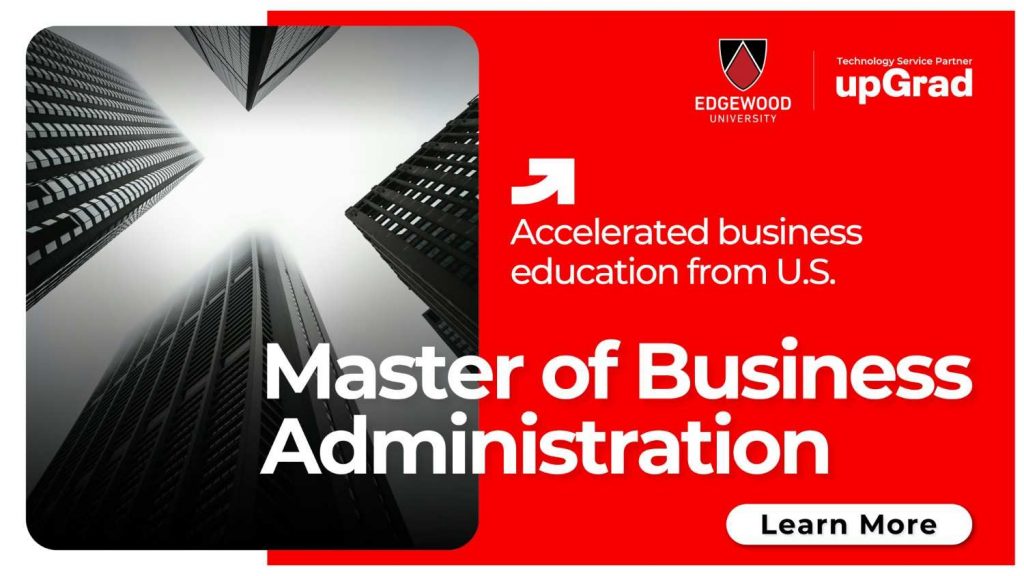Chatbot marketing is the newest trend in digital communications, and it’s taking off quickly. This emerging technology uses artificial intelligence (AI) to interact with customers on their terms. Whether they’re asking questions about products or services, getting help navigating a website, or seeking customer service support, chatbots offer a fast and easy way to interact with brands.
Thanks to this technological advancement, businesses can automate customer service tasks, increase efficiency and reduce costs. With that said, its potential for increasing sales and improving customer relationships should not be overlooked either. This article will explore how chatbot marketing can benefit your business and why it’s an important tool in any company’s digital marketing strategy.
We will also examine the different types of chatbot marketing, from simple AI-driven bots to more complex ones that are integrated with Natural Language Processing (NLP) and Machine Learning. Finally, we’ll look at how to create a successful chatbot campaign, including best practices for selecting the right platform and crafting content for your audience.
What Is Chatbot Marketing?
Chatbot marketing is a form of automated customer service that uses artificial intelligence to interact with customers via text or voice. A chatbot is programmed to understand natural language and respond quickly and accurately to user queries. It enables customers to get information about products, services, or other topics with fewer clicks than a traditional website or app.
Chatbot marketing has many advantages over traditional customer service methods. For starters, it’s faster: Customers can expect an almost instantaneous response from AI-driven chatbots, which helps reduce wait times for inquiries. Additionally, chatbot marketing is more cost-effective: Unlike hiring extra staff members for customer service roles, businesses can leverage existing resources and technology when using bots.
Finally, this type of marketing offers a more personalized experience as well as better insights into customers’ behavior patterns—allowing companies to tailor their services more accurately. Chatbot marketing is a powerful tool that can help businesses increase customer engagement and satisfaction while improving operational efficiency.
Benefits of Chatbot Marketing
Chatbot marketing offers numerous benefits for businesses of all sizes. By leveraging AI-powered technology, companies can save time and money by automating mundane customer service tasks such as answering frequently asked questions or providing product recommendations.
Chatbots can also analyze customer behavior patterns and use this data to offer tailored services. For example, a chatbot could suggest products to customers based on their previous purchases or identify potential upsell opportunities. Moreover, bots can be programmed to detect customers’ problems with a product or service and recommend solutions quickly.
Finally, chatbot marketing is a great way to strengthen customer relationships. Studies have found that customers prefer interacting with bots over human representatives due to their fast response times and ability to provide personalized recommendations. By leveraging this technology, businesses can create more efficient customer service processes while also increasing customer satisfaction.
What are the Different Types of Chatbot Marketing?
There are significant differences between a chatbot designed for an eCommerce website and one created for banking services. Like how people have different personalities and capabilities, chatbots also vary in their appearance and tasks.
According to statistics, chatbots are becoming increasingly popular in various industries. The five industries that currently make the most use of chatbots are real estate (28%), travel (16%), education (14%), healthcare (10%), and finance (5%).
Therefore, it is important to understand the different types of chatbot marketing before deploying one for your business.
Essentially, businesses can use six different types of chatbots:
-
- Voice bots
- The hybrid model
- Machine Learning chatbots
- Keyword recognition-based chatbots
- Linguistic Based (Rule-Based Chatbots)
- Menu/button-based chatbots
Voice Bots:
Voice bots are AI-powered virtual assistants that you can chat with via text, audio, or video. These bots use natural language processing (NLP) and machine learning to understand the user’s query and respond in a conversational format. Apple’s Siri, Amazon’s Alexa, and Google Assistant are all examples of voice bots. Voice bots are easy to use and can be used for various customer service tasks, such as providing product information, handling orders, and making reservations.
The Hybrid Model:
The hybrid model combines both rule-based and AI-based technology for an enhanced user experience. This type of bot utilizes NLP to understand customers’ needs better and then provides relevant answers or actions accordingly. The hybrid model offers a more personalized experience than other types of chatbots since it is able to adapt to customers’ behavior patterns.

Machine Learning chatbots:
Machine learning chatbots use AI technology to automate customer service tasks. These bots use past conversations and customer data to learn about customers’ preferences and provide tailored advice. This type of bot is particularly useful for providing product recommendations, personalizing offers, and handling inquiries more efficiently. One example of an ML chatbot is a food-ordering chatbot. The chatbot will remember a user’s previous orders and store their delivery address and payment information. When the user chats with the chatbot again, it will ask if they want to repeat their last order, making the ordering process quicker and easier.
Keyword recognition-based chatbots:
Keyword recognition-based bots are designed to understand user input by recognizing keywords in their queries. For example, if a customer types “What time do you close?” the bot would recognize that they are looking for the store closing time and provide an answer accordingly. This type of bot is great for quickly retrieving information such as product specifications or store locations.
Linguistic-based (rule-based chatbots):
Linguistic-based bots use rule sets to understand user input. This type of bot is programmed to recognize certain phrases and respond with a predetermined answer. These bots are great for providing information such as frequently asked questions or providing product recommendations. If you want to create a rule-based chatbot, you need to define language conditions for it using if/then logic. These conditions can include factors such as word choice, word order, and synonyms. When a user messages your chatbot, it will check whether the message matches the specific conditions you’ve defined. If there’s a match, your chatbot will be able to provide help quickly and efficiently.
Menu/button-based chatbots:
Menu/button-based chatbots are designed to simplify customer service by presenting users with a list of options they can choose from. This type of bot is especially useful when customers need to make decisions quickly, such as selecting payment methods or choosing products from a menu. While menu-based chatbots are good at answering frequently asked questions which account for 80% of support queries, they are ineffective in handling complex scenarios where multiple variables or a high degree of knowledge is needed to provide accurate responses. Another point to consider is that chatbots with a menu or button interface are slower in helping users find the information they seek.
How to Choose the Right Chatbot for Your Business
The type of chatbot that’s right for your business depends on the goals and needs of your company. Here are some key factors to consider when choosing the right chatbot for your business:
-
Task Automation:
Think about which customer service tasks can be automated with a chatbot. Chatbots are great for automating simple and repetitive tasks such as answering FAQs, providing product information, taking orders, and more. Consider how much human effort would be saved by implementing a chatbot for these tasks.
-
User Experience:
Determine what type of user experience you want to provide to your customers. Are you looking for a conversational and personalized experience? Or do you need a fast and efficient solution? Different types of bots will offer different levels of user experience – be sure to choose one that fits your needs.
-
Platform:
Decide which messaging platform you want to use for your chatbot. Popular platforms include Facebook Messenger, Slack, and Telegram. Be sure to select one that is compatible with the type of bot you are using.
-
Customization:
Finally, ensure the chatbot can be easily customized according to your company’s needs and brand style. Look for bots that offer flexible customization options, such as the ability to add images, videos, and GIFs. Additionally, you should be able to edit the content of your bot’s responses in order to better serve customers.
By taking the time to consider these factors when choosing a chatbot for your business, you can ensure that it fulfills all of your needs and provides an optimal user experience. With the right chatbot in place, you’ll be able to better serve customers and improve customer satisfaction levels.
Crafting Content for Chatbot Marketing
Once you’ve chosen the right chatbot for your business, it’s time to craft content that will help customers get the information they need quickly and efficiently. Here are some tips for crafting content for your bot:
-
Keep It Simple:
Avoid using complex language when writing responses for your chatbot. Make sure all of your content is easy to understand so that customers can find the answers they seek quickly.
-
Be Informative:
Your chatbot should provide helpful and accurate information. Ensure that each response contains useful and relevant details about your product or service, such as pricing, availability, or delivery times.
-
Use Visuals:
Adding visuals to your chatbot responses can make it easier for customers to understand the information they are looking for. Visuals such as images, videos, and GIFs can bring life to your bot’s responses and help customers get the answers they need quickly.
-
Include Calls-To-Action:
Your chatbot should also include calls to action that encourage users to take the next step. This could be anything from signing up for an account to making a purchase.
Conclusion
Chatbot marketing is a powerful tool for improving customer service and driving conversions. By choosing the right chatbot for your business, crafting informative content, and including visuals, you’ll be able to create an effective chatbot that will help you better serve customers and maximize sales. With the right chatbot, you can make sure all of your customers get access to the information they need quickly and easily – while helping your business boost its bottom line.








